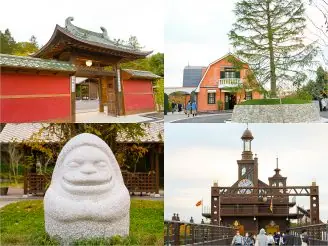A turning point in the life of Ieyasu Tokugawa - the "Daijuji Temple," the catalyst for a peaceful world from a world of warfare.

In 2023, Okazaki City is suddenly attracting attention due to the Taiga drama. Daijuji Temple, which also appears in the drama, has been the family temple of the Matsudaira family and the Tokugawa Shogun family for generations. And this place is said to have been a turning point in Ieyasu's life.
When he tried to kill himself, the chief priest said that he would aim for a peaceful world. What kind of episode was it? We will introduce you along with the highlights.
Table of Contents
What is Daijuji Temple?

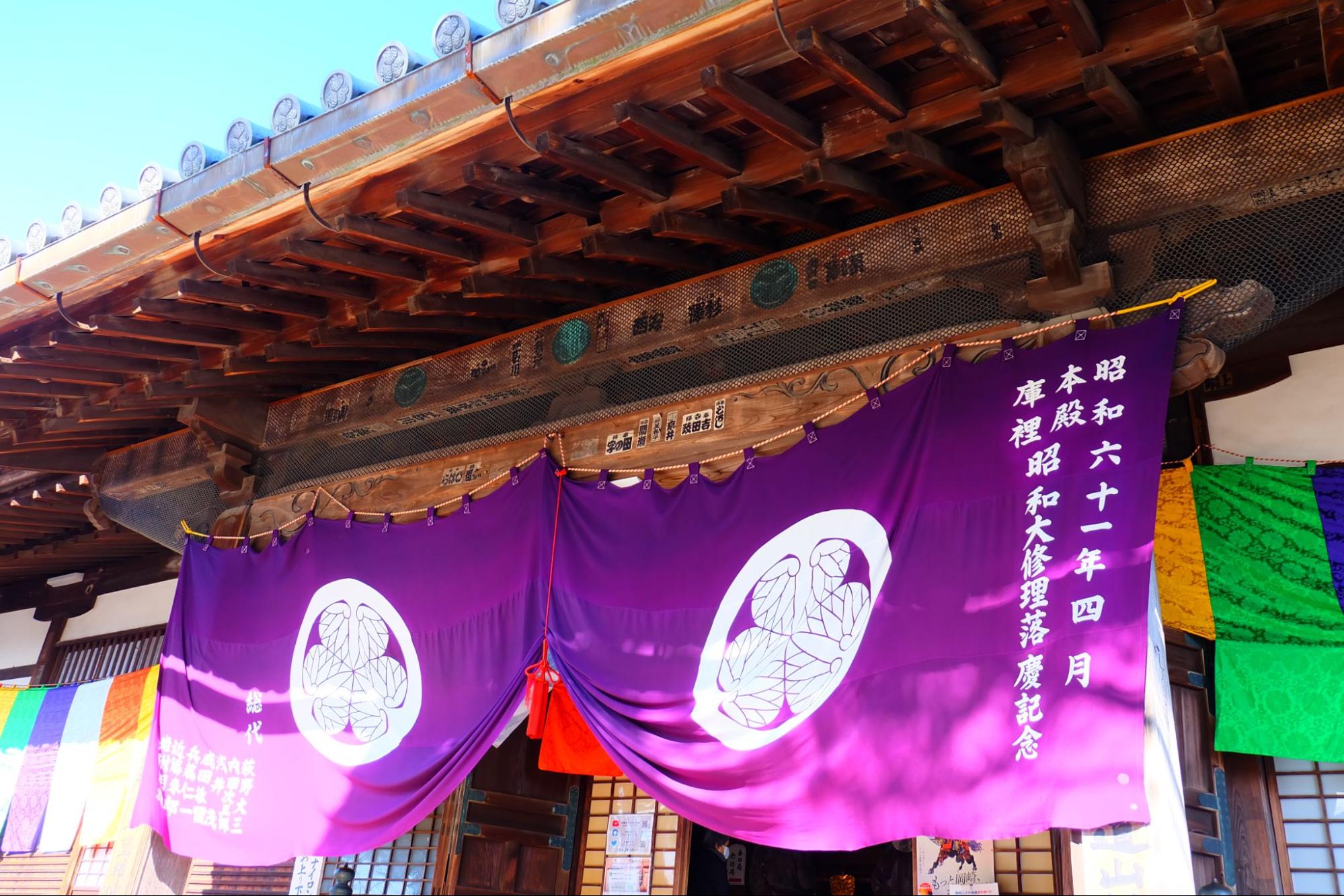
Daijuji Temple in Okazaki City, Aichi Prefecture, is the family temple of Ieyasu, his ancestors, the Matsudaira family and the Tokugawa shogunate.
*Family temple: A temple with an ancestral grave
The temple was founded in 1475 by Chikatada Matsudaira IV (an ancestor of Ieyasu's five generations before him), who mourned for his enemies and allies alike in order to purify the area, which had been the site of a battle.

At the end of the Edo period, the main hall was completely destroyed in a fire, and the principal image was also destroyed at the time, so Amida Nyorai, now known as the Ikko Sentai Buddha, was brought in from Sennyuji Temple in Kyoto.
Revival episode


At the age of 19, when Ieyasu escaped from the Battle of Okehazama to Daiju-ji Temple for his life, the temple was already surrounded by enemy forces. In despair, Ieyasu was about to kill himself in front of his ancestor's grave when Toyo Shonin, the chief priest at the time, said the following words.
"On Riedo Gongujodo" (Wishing to escape this world of filth and to be born in the Pure Land of the Buddha)
It is said that he vowed to build a world of peace, being admonished with the words, "It is your duty to make this world, which has been polluted by the turmoil of the Warring States, a comfortable place to live in." You all know what happened after that. For this reason, many people still visit Daijuji Temple as a temple of good luck.
You can feel Ieyasu firsthand
Ohojo and Treasure Hall
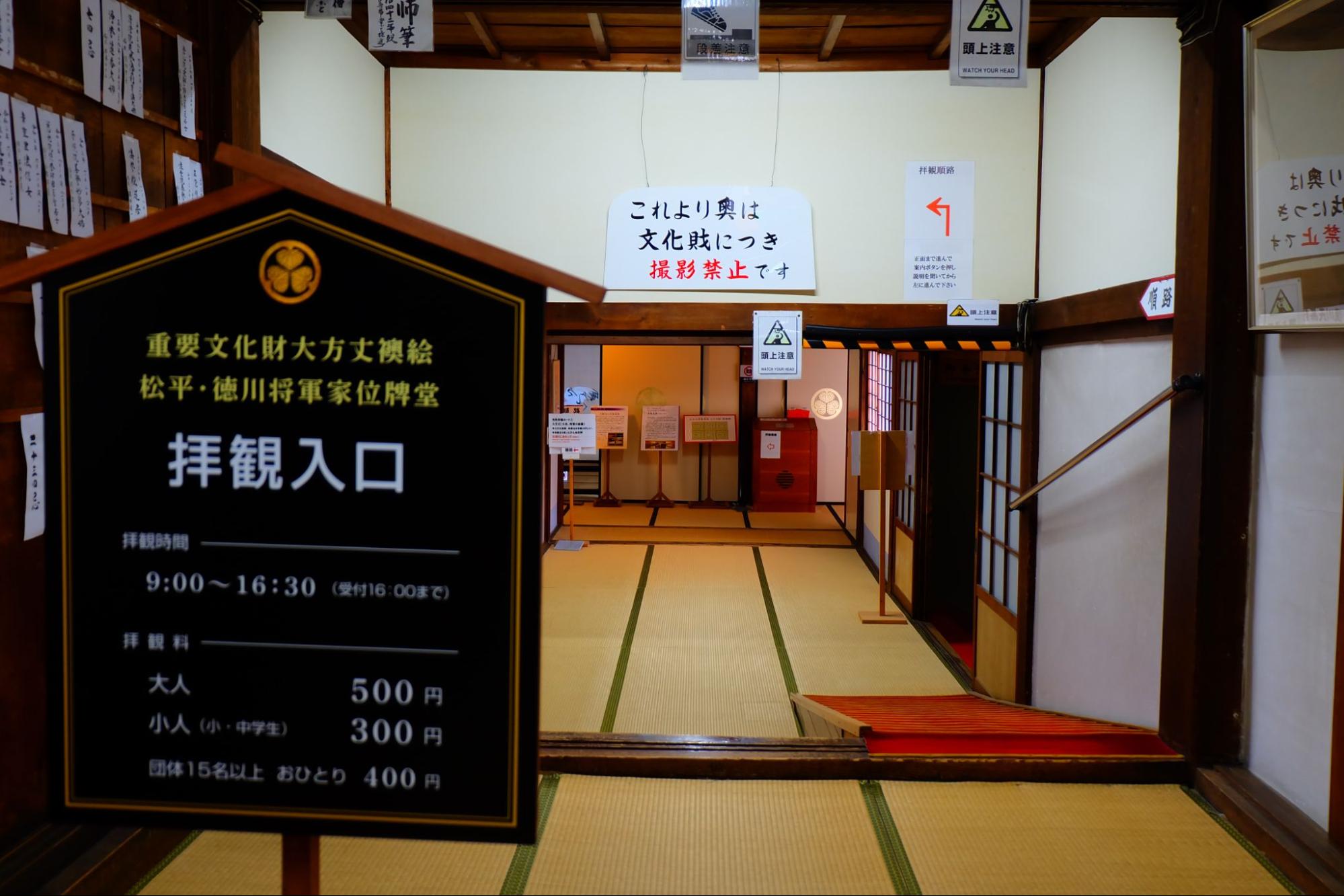
After visiting the main hall, let's go to see the treasures related to Ieyasu.
Don't miss the fusuma paintings (replica) with its wonderfully detailed paintings, the Kannuki-jin with unknown episodes, and the treasure hall (ihai-do) with life-size wooden mortuary tablets of successive shoguns!
Let's go inside now.
Delicate fusuma paintings by Tameyasu Reizei

Odaimyo (feudal lords with over 350,000 koku) are allowed to enter the "Tsuru-no-Ma" (crane room). This room was designed in the early Edo period (1603-1867) in the style of flowers and birds.

"Botan no Ma" where middle daimyo (50,000 koku or more and less than 350,000 koku) was allowed to enter
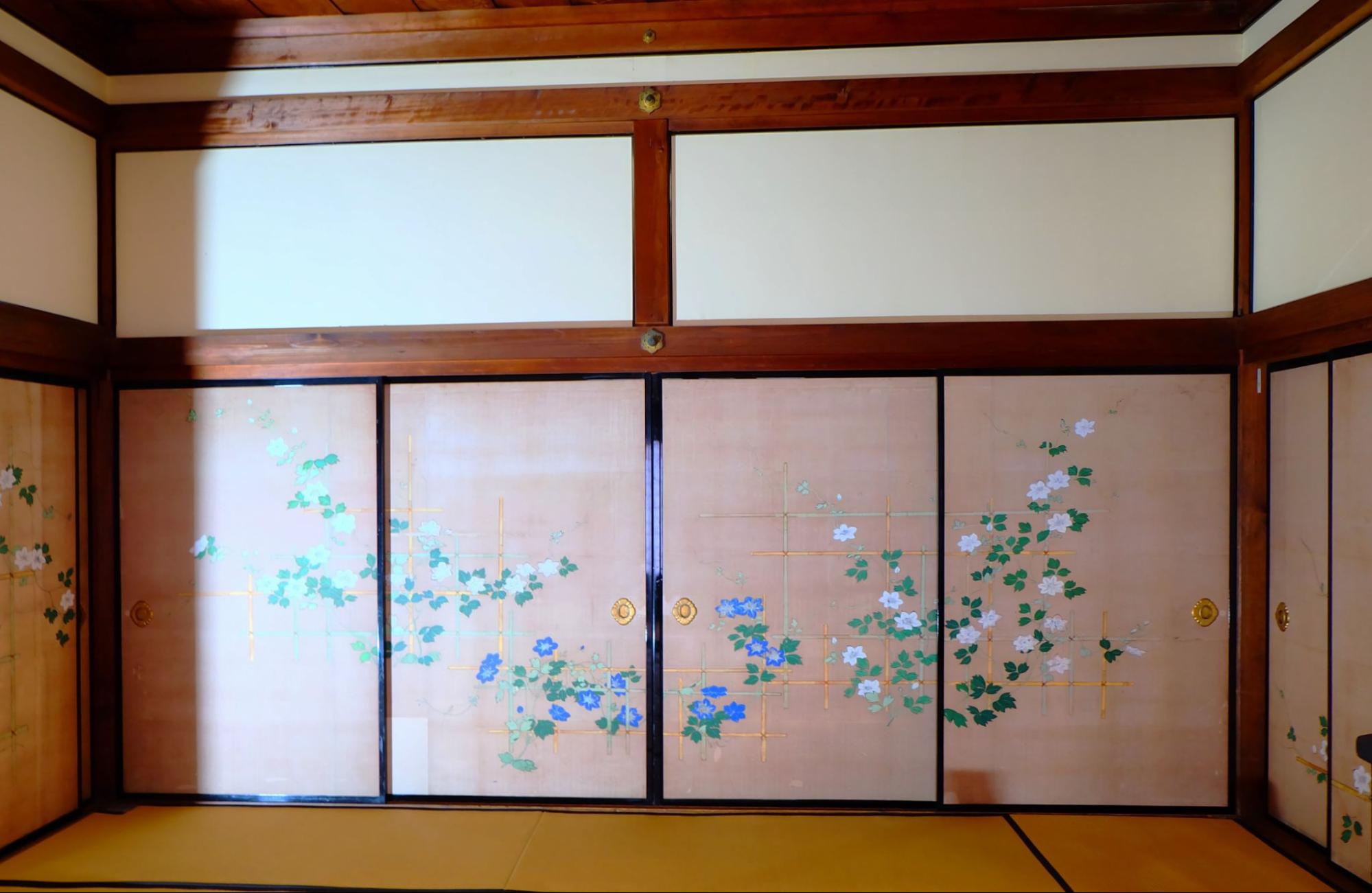
"Tetsusen (Sen) Room" where small daimyo (less than 50,000 koku) are allowed to enter. It looks like it was never repaired.
As soon as you enter the entrance, you will see the Ohojo*.
The fusuma in each room is beautifully decorated with colorful and delicate paintings.
*Hojo・・・It refers to the square area of 1 jyo (about 9 square meters). Also means the size of the room or building
It was painted by Tameyasu Reizei (1823-1864), an artist who was active in the late Edo period. It seems that the room reserved for each daimyo was different, but the design of each room is wonderful.
*Usually photography is prohibited.
Don't miss the sutra handwritten by Ieyasu!
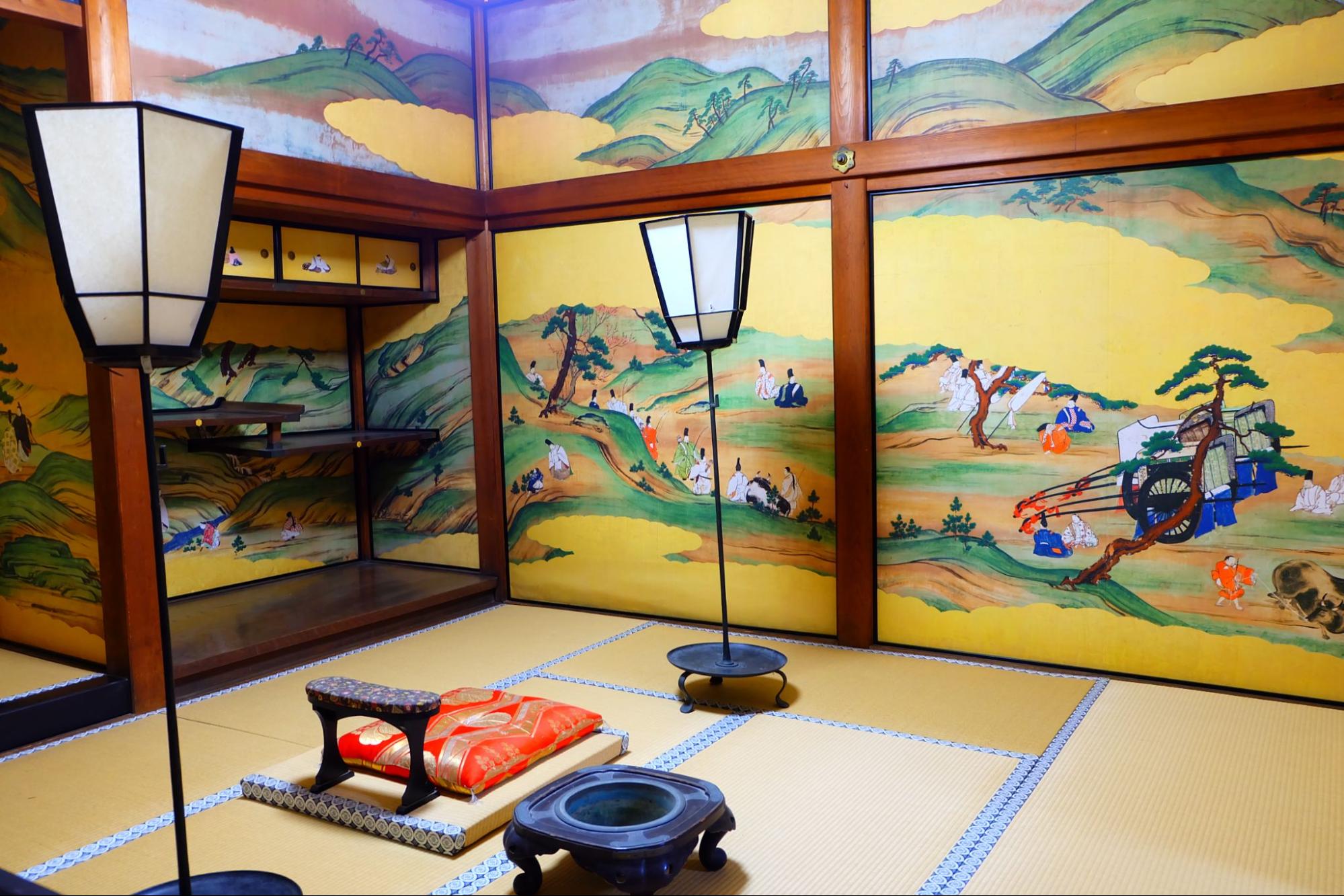
This room is called Jodan no Ma, and is the most important room for the Shogun to rest.
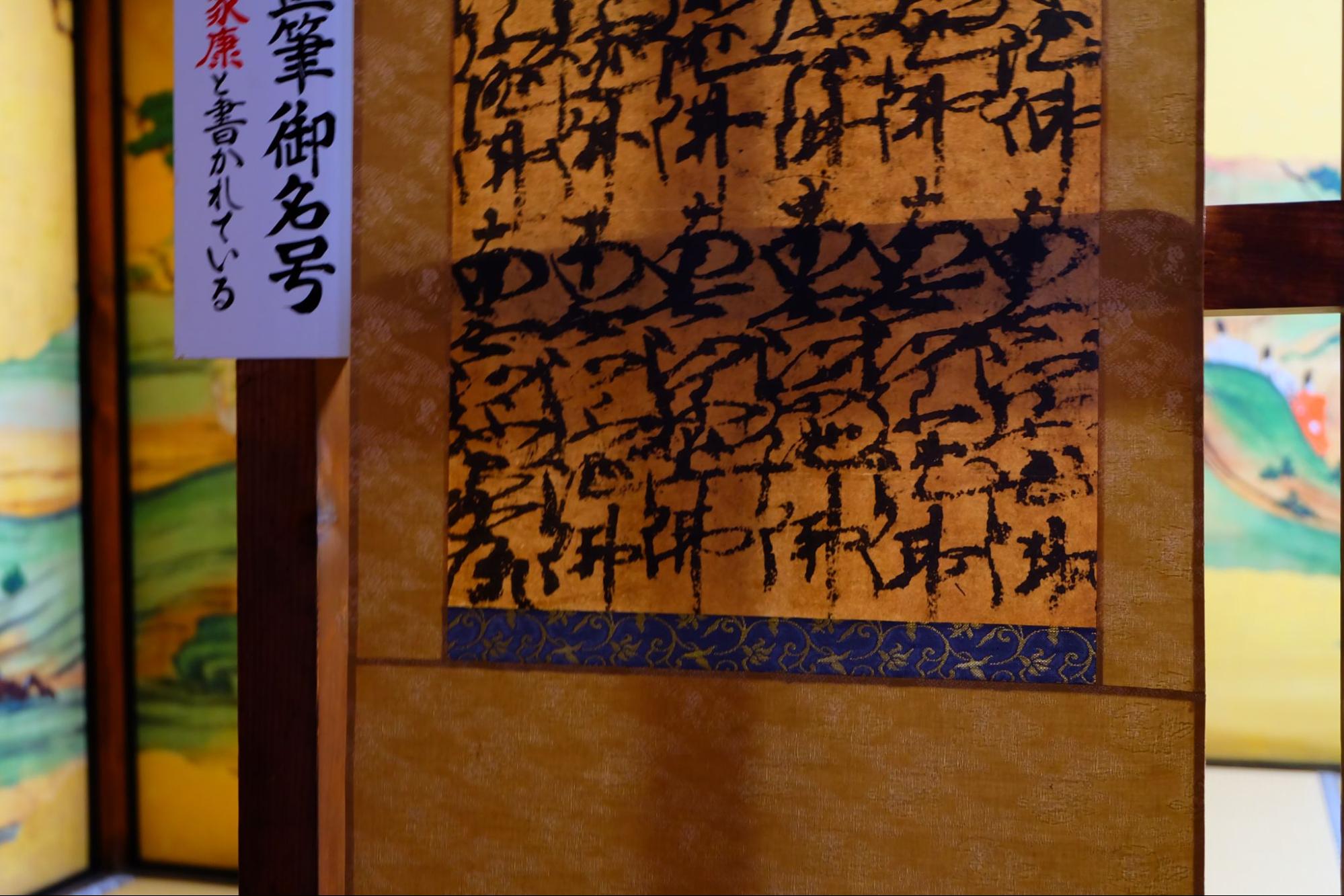
And in Ieyasu's handwritten calligraphy, the characters "Namu Amida Butsu" are clearly written! It's very well written!
The last two letters are also noteworthy. Do you see the words "Namu Ami" and "Ieyasu"? I feel that Ieyasu's thoughts are conveyed through these two letters.
Toyo Shonin and Kannukijin

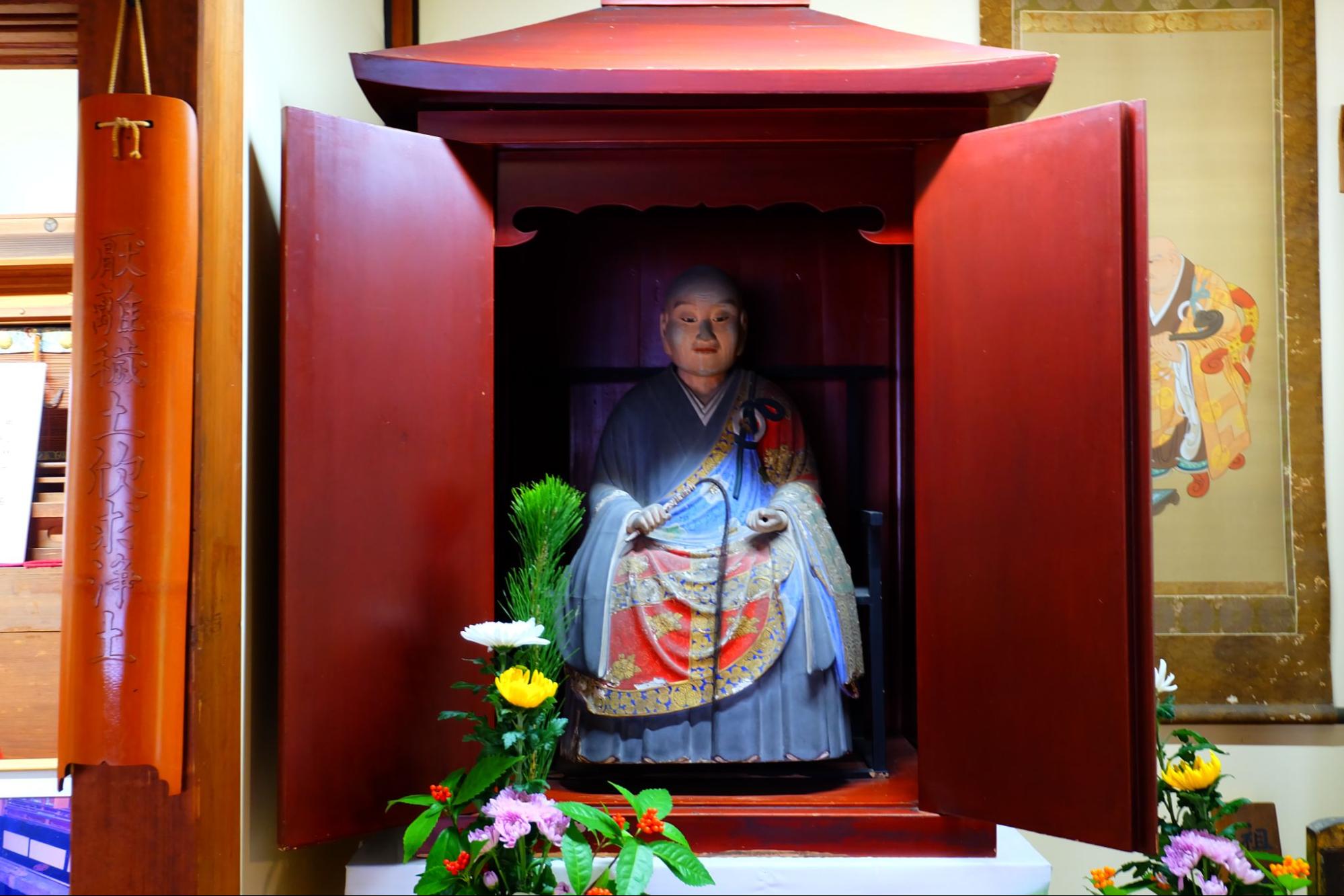
Toyo Shonin Seated Statue (Wooden)
In Kannuki no Ma, there is a statue of Toyo Shonin, who stopped Ieyasu from committing suicide, and an unexpected deity who saved Ieyasu.
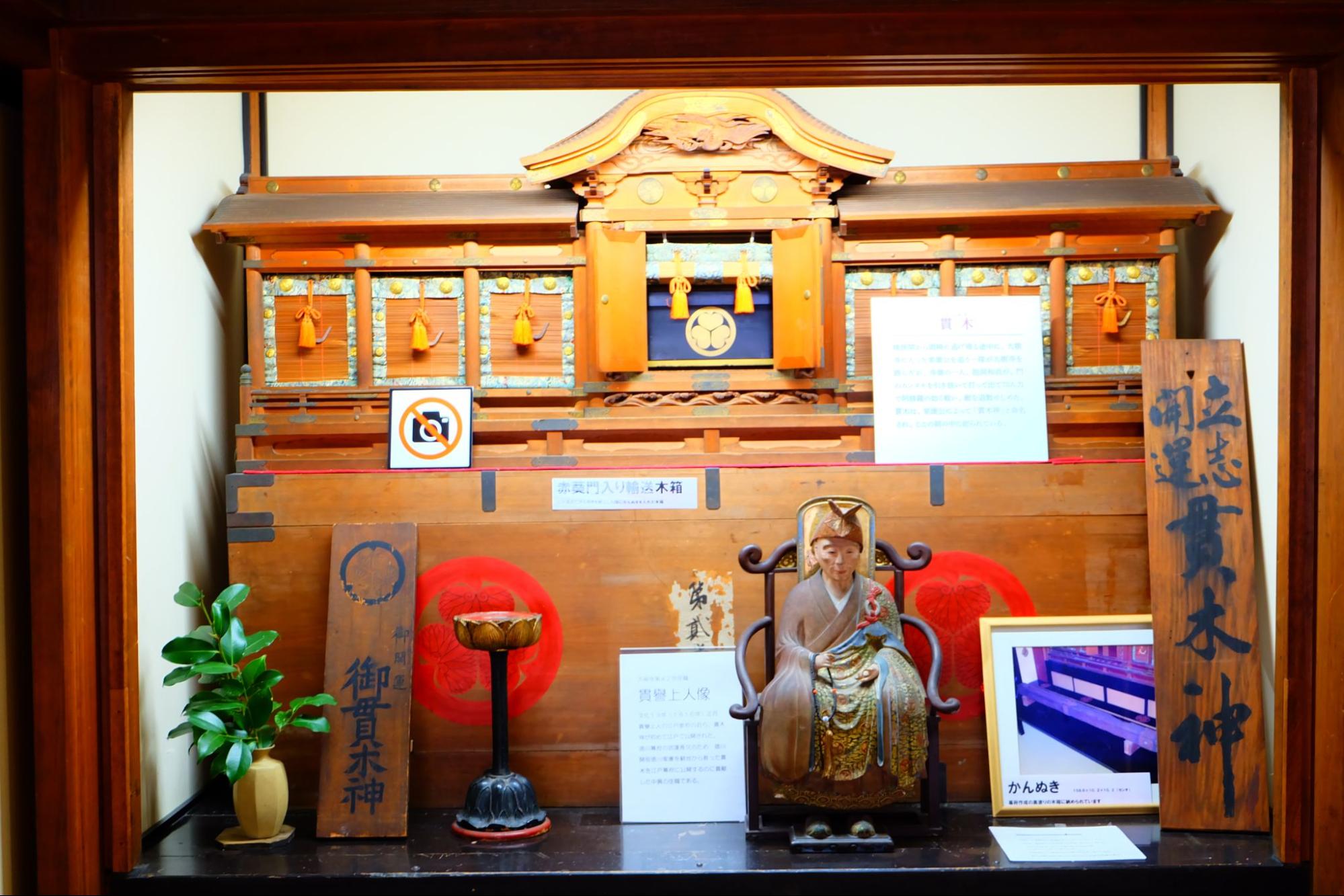

That is Kannukijin.
It is said that when the temple was in a pinch surrounded by a large number of enemy forces, Sodo Osho, who was said to be the first disciple of the chief priest, pulled out the kannuki hanging from the gate and swung it around to repel the opposing forces.
The tree is about 10.2 cm in diameter and 152 cm long, and if it were to be swung by the monks of Sodoh, who are about 2 meters tall, weigh 160 kg, and have the strength of 70 men, the opponents would be no match for them.
*Usually photography is prohibited.
Life-size mortuary tablets lined up in rows are a masterpiece!

Next, let's go to the treasure hall (ihai-do) where the mortuary tablets of the eight generations of the Matsudaira family and the fourteenth generation of the Tokugawa shogun are enshrined. The Matsudaira family is on the right and the Shogun family is on the left.

On the right hand side, the tablets of Ieyasu's ancestor, 8 generations of Matsudaira.

On the left are the tablets of up to the 14th shoguns of the Tokugawa dynasty.
Normally, mortuary tablets are small enough to fit in the palm of your hand, but as you can see, the mortuary tablets enshrined here are all life-size mortuary tablets that were the same size as the person who died at the time of their death.
According to Ieyasu's will, "Tokugawa's mortuary tablet will be held at Daijuji Temple in Mikawa." In front of the mortuary tablets lined up in rows, there are pictures of people and explanations, so you can feel closer to them.
*Usually photography is prohibited.
Other Highlights of the Precincts
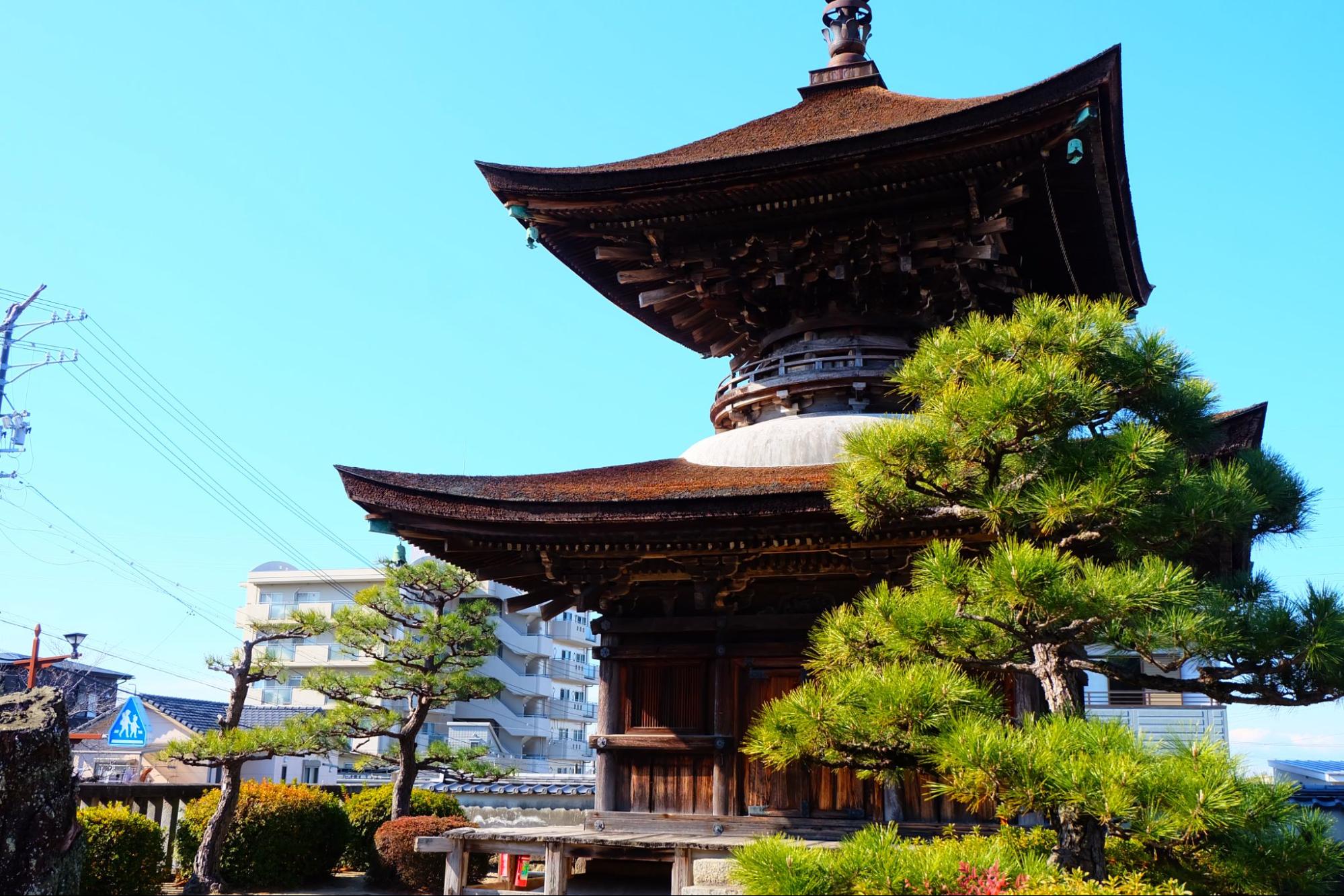
National Important Cultural Property
Another highlight is the Tahoto Pagoda, which was built by Kiyoyasu, the 7th head of Matsudaira. It is the oldest building of Daiju-ji Temple in the Muromachi period. The appearance of the temple is so cool that the view from the outside of the temple is also dignified.

Prefecturally designated important cultural property
Another splendid building in the precincts is the bell tower. It was built by the third shogun, Iemitsu, and it is said that this shape has a high degree of prestige. It seems that it is not usually used, but it seems that it is used at the time of the New Year's bell.
Paper-cutting goshuin and limited goshuin
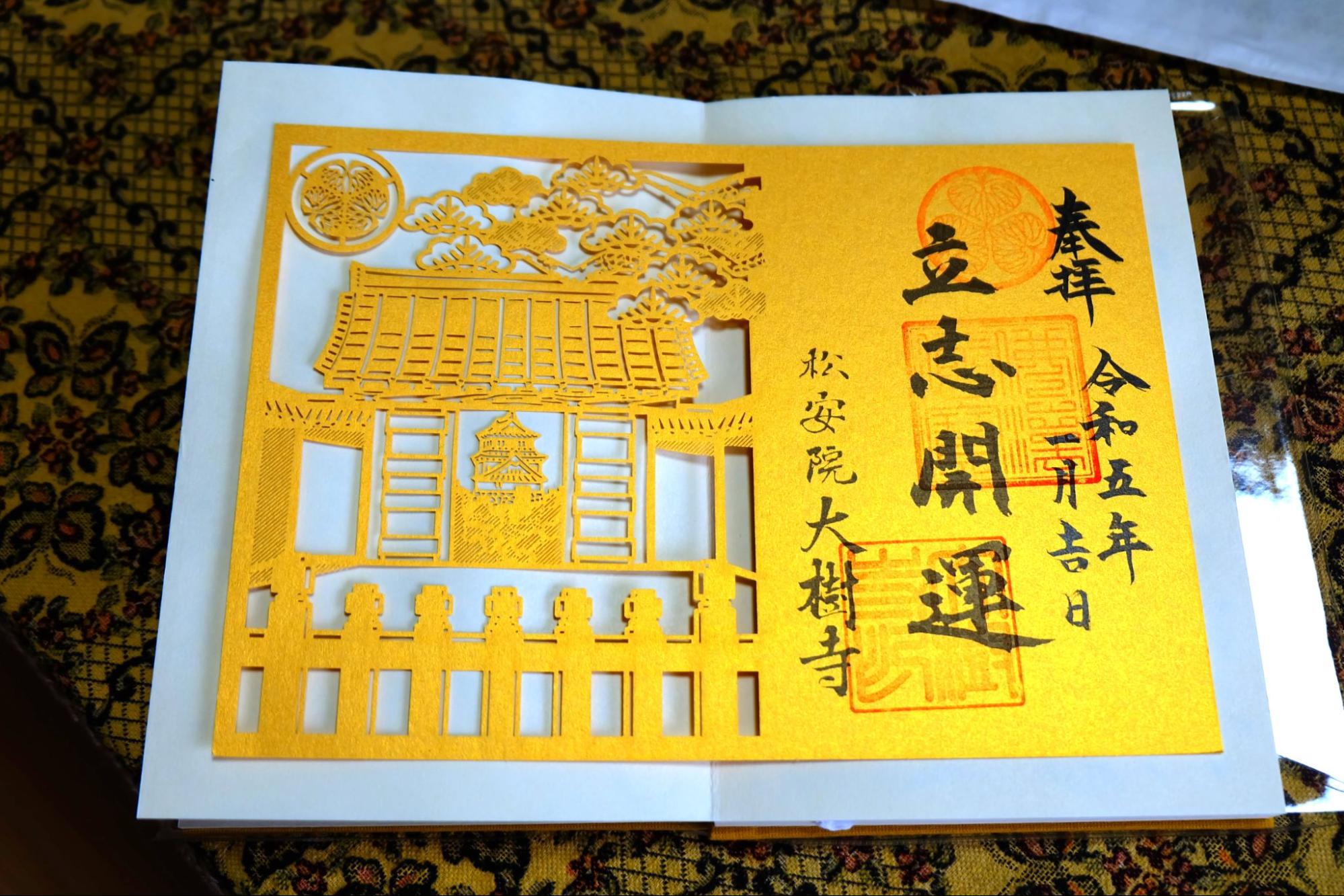

Let's introduce some Goshuin stamps of Daijuji Temple.
The most popular item is the cutout double-page special goshuin (1,500 yen). It is a design of Okazaki Castle that can be seen from the temple gate with the characters of Ritsushi Kaiun.
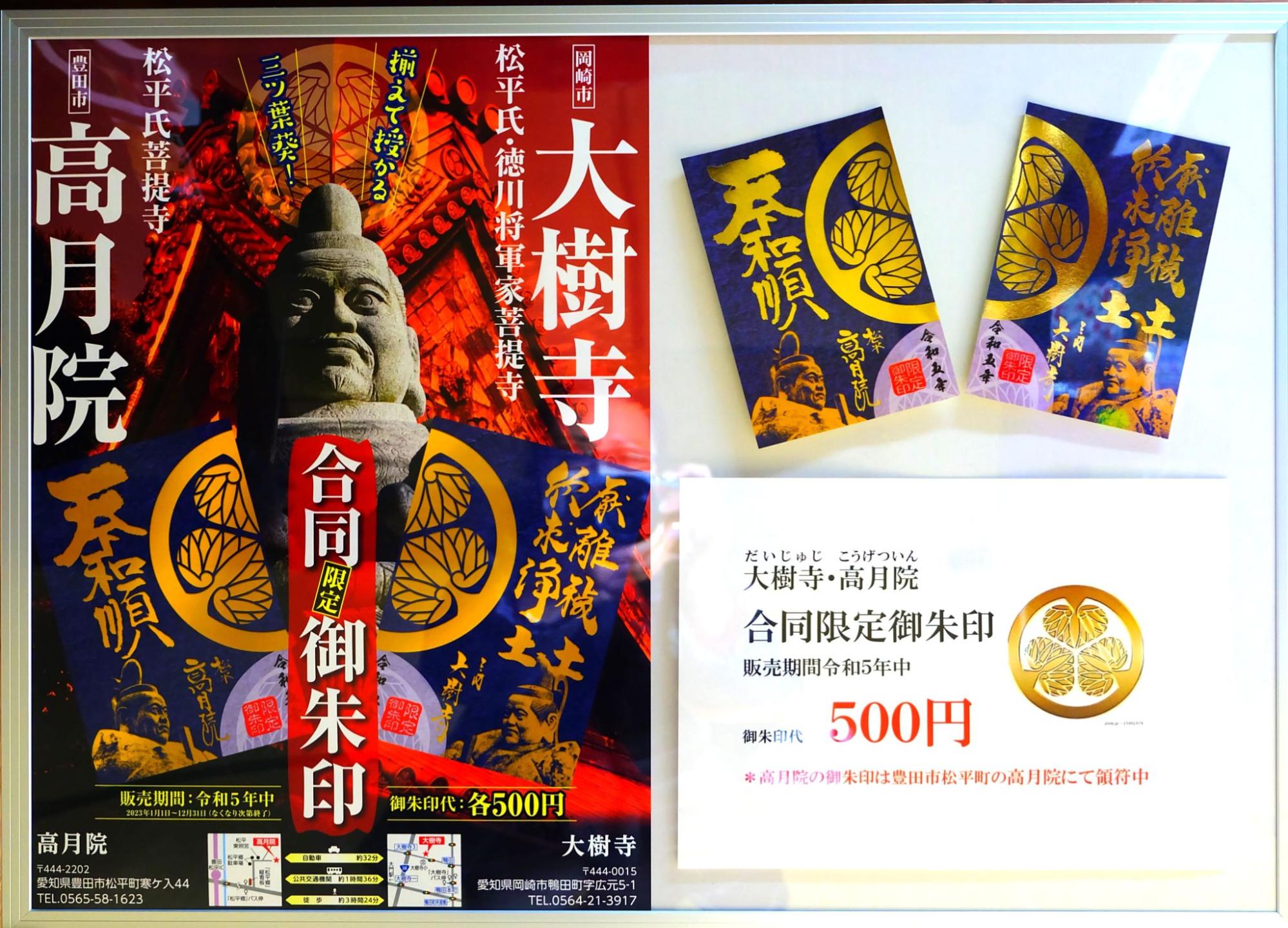

This is also a limited goshuin. The Goshuin set with Kogetsu-in, the birthplace of the first generation of the Matsudaira family, is only sold in 2020, and when you put the two together, it will be the design of Tokugawa Family crest, the Aoi crest.
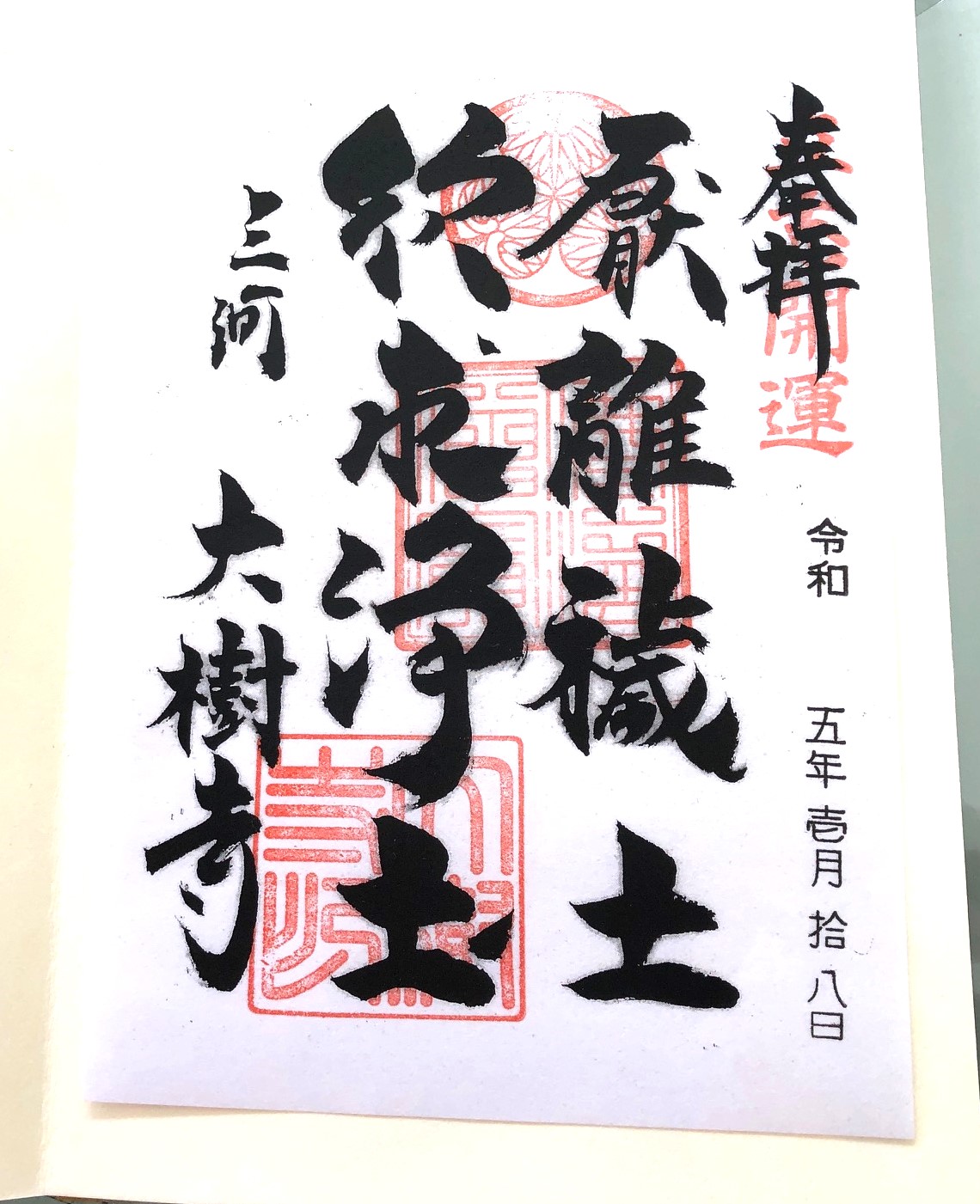
In addition, there are standard Goshuin stamps for 300 yen (pictured) with the symbolic words of Daijuji Temple, "Onriedo Gongujodo," and seasonal Tahoto Goshuin stamps.

There are also various types of stamp books (1,500 yen each).
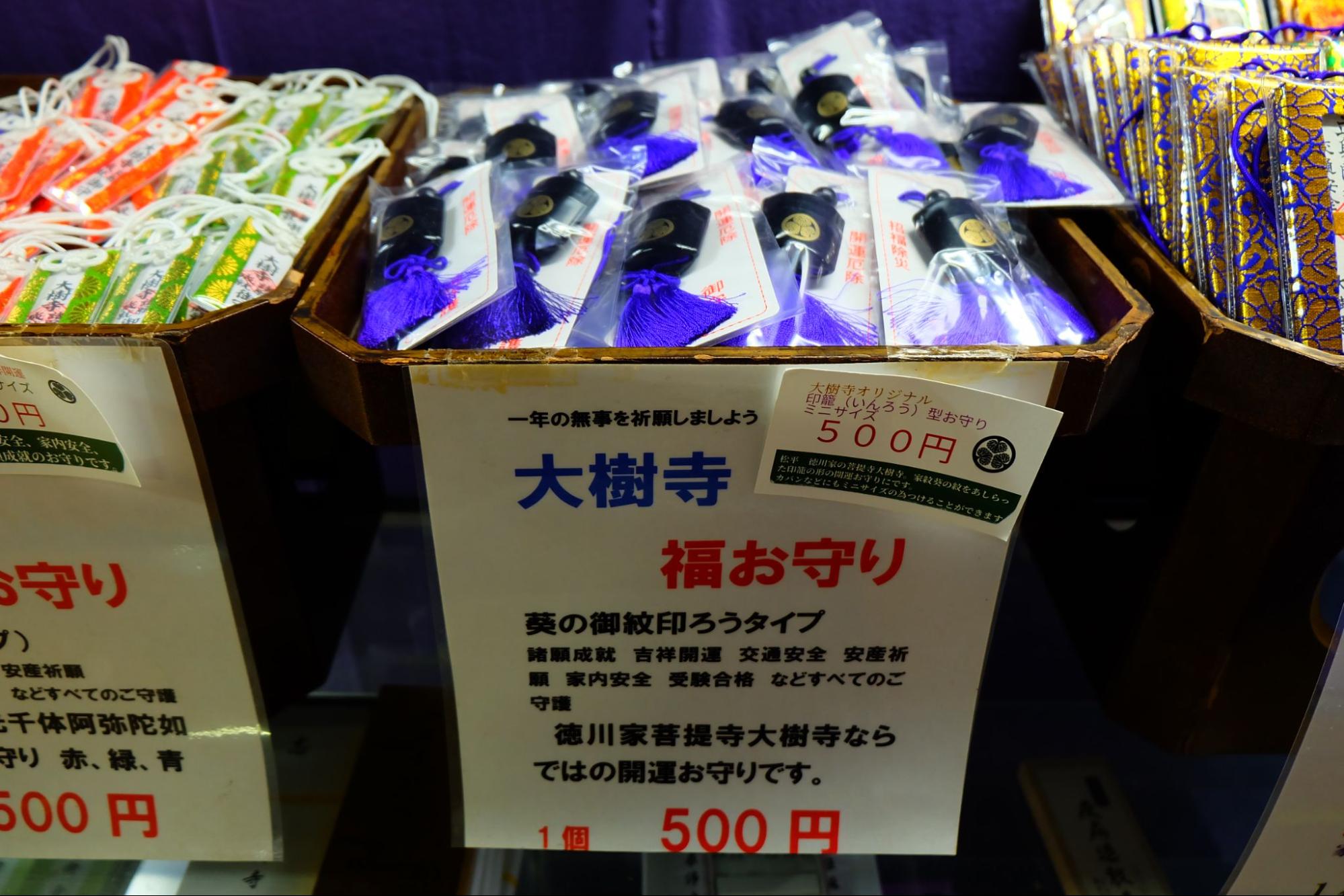
Various amulets are also in a row ......

The red seal book, various omamori, and incense sticks (1,100 yen) made from fragrant wood and herbal medicine favored by Ieyasu, who loved incense, would make great souvenirs!
Vista Line overlooking Okazaki Castle

The temple gate in front of the entrance was built by the third shogun, Iemitsu, and is now a cultural property designated by the prefecture. In fact, it is known that when you look at this temple gate from the other side, you can see a certain landscape.
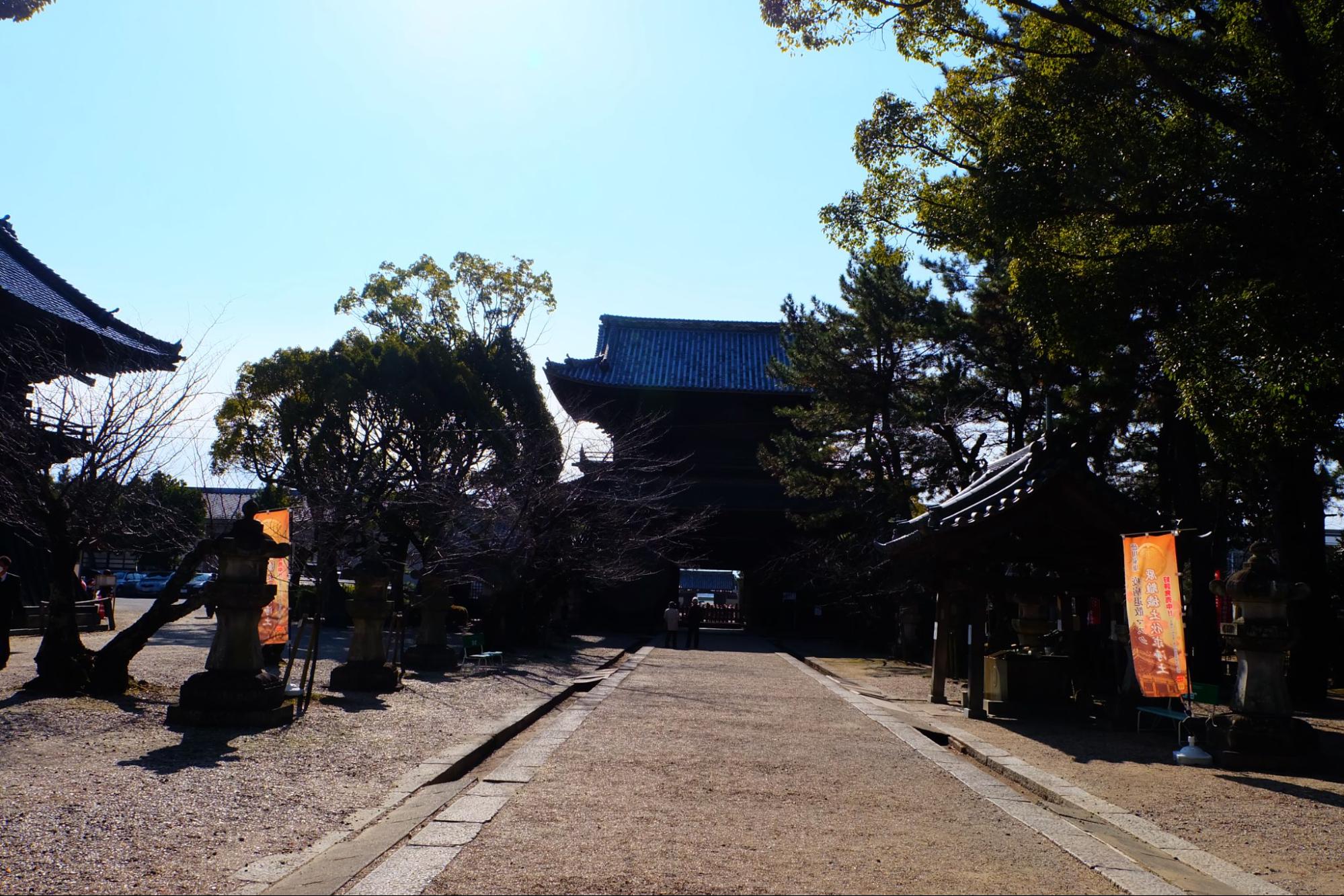

How is it? Can you see it?
Yes, Okazaki Castle can be seen in a straight line beyond the temple gate from the main hall!
This is called the Vista Line, and it is a line that connects the thoughts of the third shogun, Iemitsu, when he rebuilds the main hall, so that he can worship Okazaki Castle, where his grandfather Ieyasu was born, and from Okazaki Castle, he can also worship Daijuji Temple, where his ancestors' graves are located. Since then, people have made efforts not to build tall buildings in the town as a whole, and the townspeople have connected their thoughts to this day.

The Edo shogunate established by Ieyasu lasted for about 260 years. Daiju-ji Temple, which served as an opportunity to aim for such a peaceful world, may be the place where Ieyasu's thoughts are filled. Please come visit it and experience it for yourself.
![[Okazaki] A turning point in the life of Ieyasu Tokugawa - the "Daijuji Temple," the catalyst for a peaceful world from a world of warfare.](https://life-designs.jp/wp/wp-content/themes/wp-templ/assets/img/common/logo.svg)

![[Okazaki City] Recommended Outing Spots](https://life-designs.jp/wp/wp-content/uploads/2022/09/37a1144b3bb676b3737cc0f7fdded369-1024x580.png)
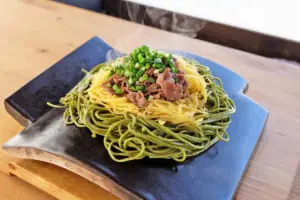
![[Okazaki] Enjoy Haccho Miso with a Factory Tour and Miso Gourmet! "Kakukyu Hatcho Miso"](https://life-designs.jp/wp/wp-content/uploads/2020/10/image16-10-300x200.jpg)
![[Okazaki city] Fun and Interesting Micro Hotel "ANGLE"](https://life-designs.jp/wp/wp-content/uploads/2020/11/image12-7-300x200.jpg)

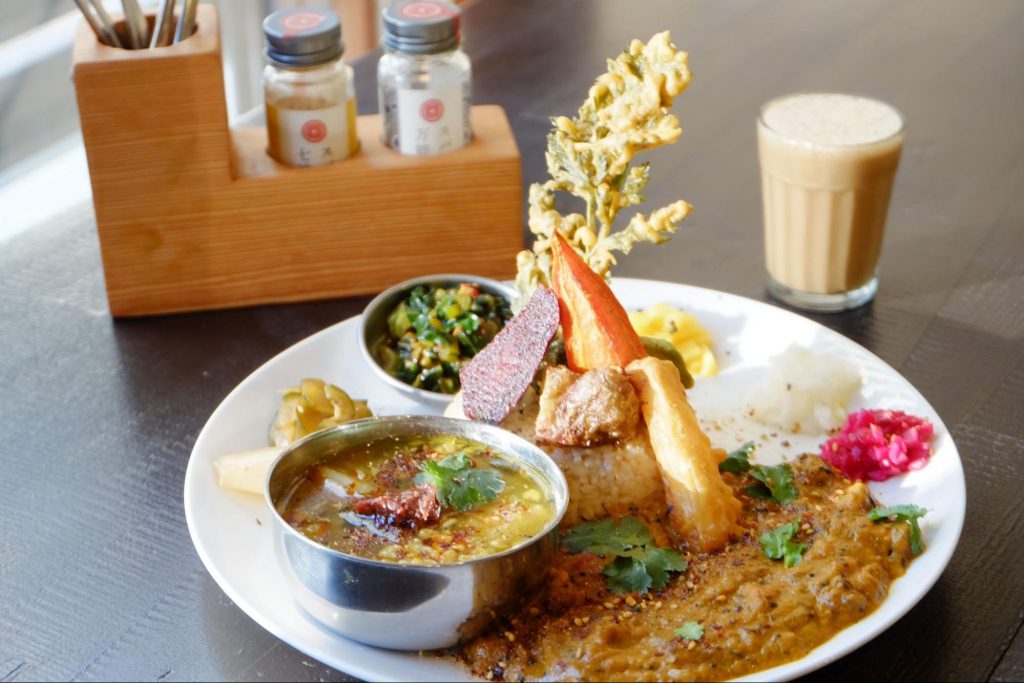
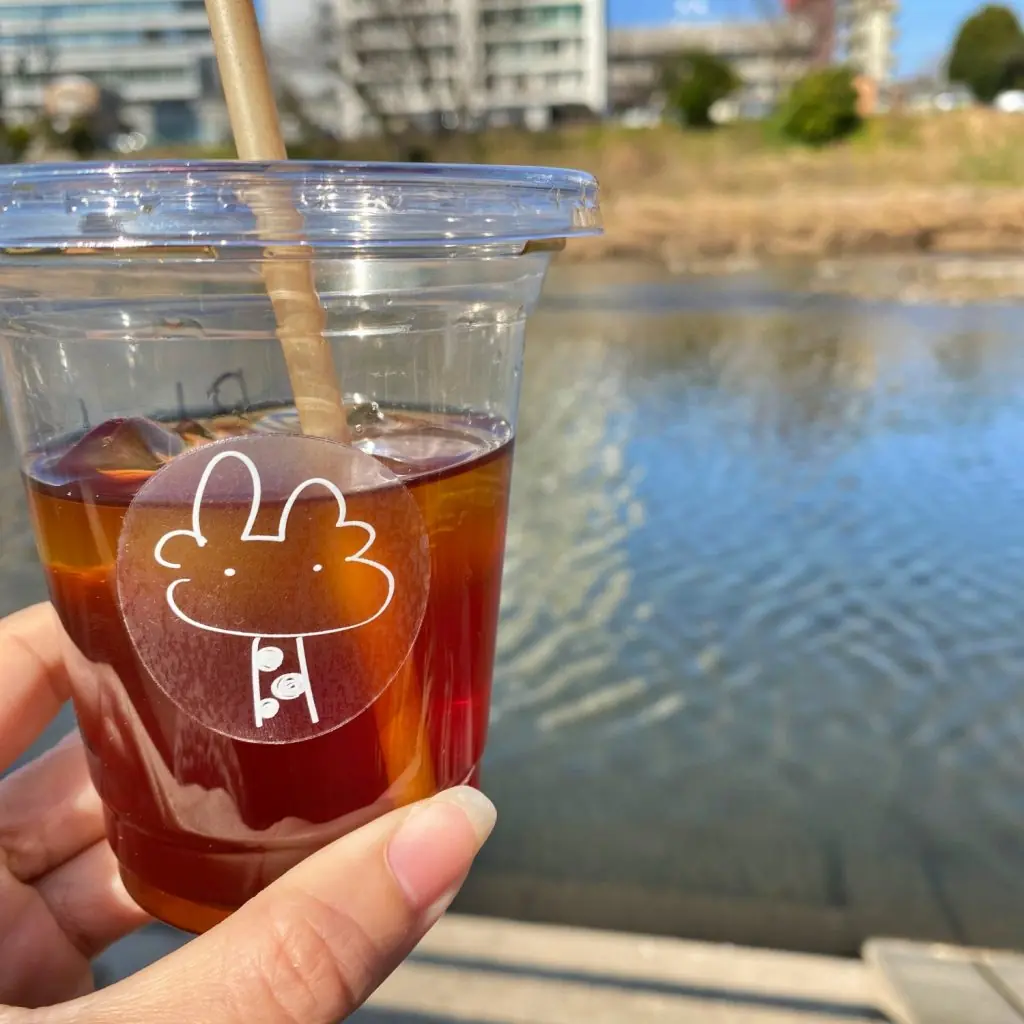
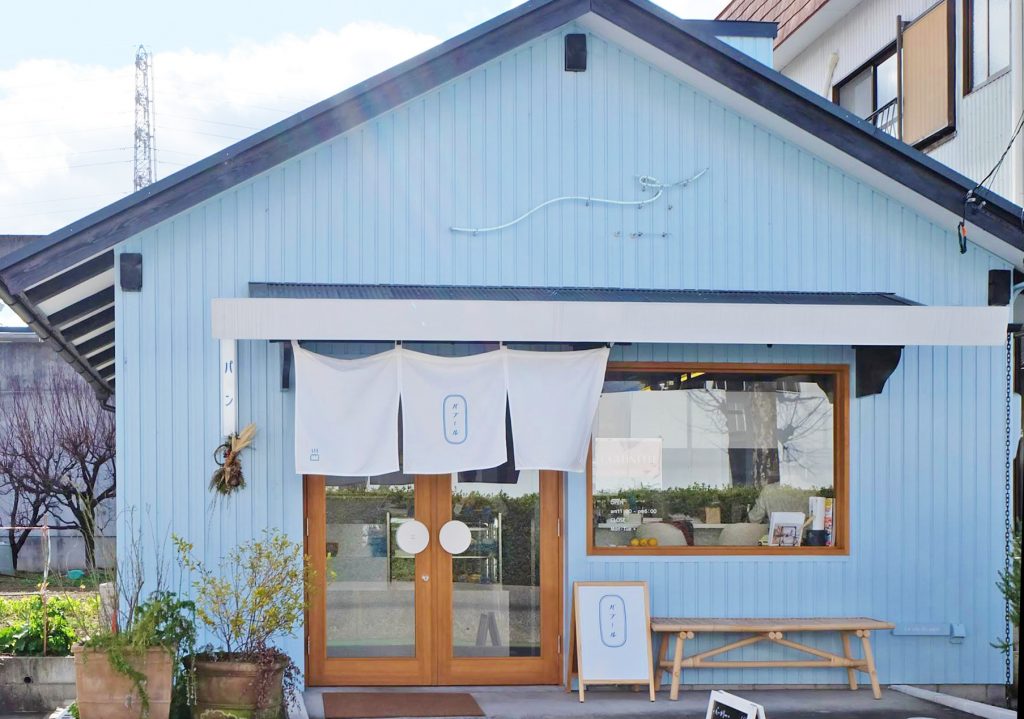
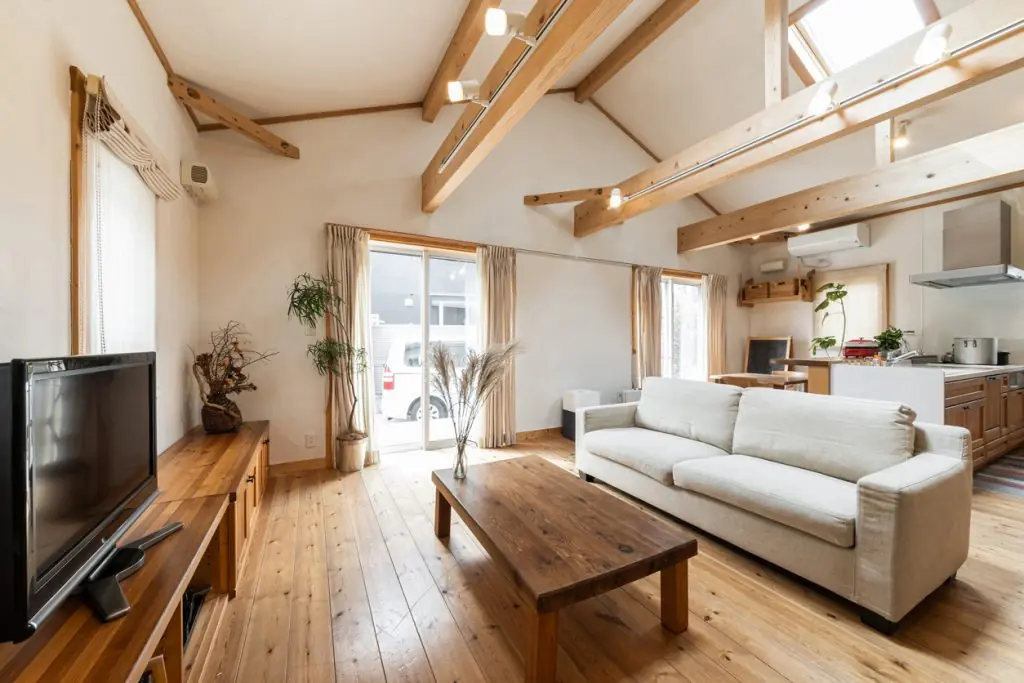
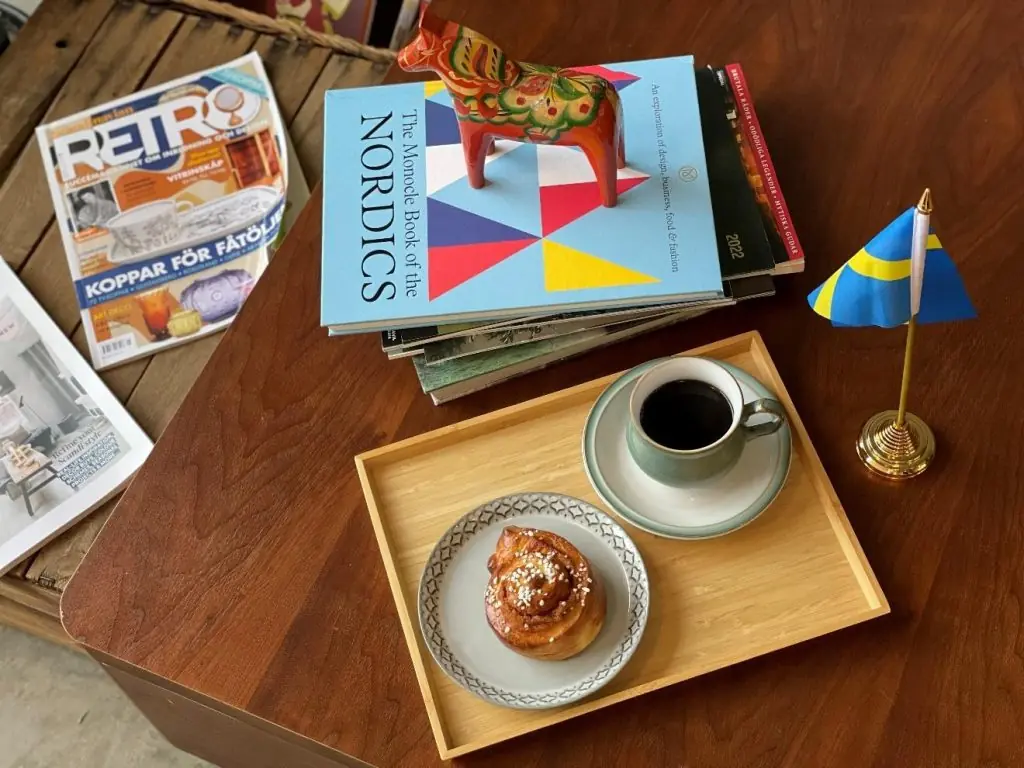
![[Okazaki] Relax in the Garden! "Oniwa De... present coffee" is a Popular Cafe with Full of the Owner's Dreams](https://life-designs.jp/wp/wp-content/uploads/2023/05/image1-4-1024x768.jpg)

![[Indoor Facilities] Where to Go on Rainy Days in Tokai Area! For Family Outings!](https://life-designs.jp/wp/wp-content/uploads/2023/07/FotoJet-23.jpg)





![[Special Feature] Enjoy Outdoor Activities!](https://life-designs.jp/wp/wp-content/uploads/2019/12/LD_banner_w1920x1088_outdoor-1-768x435.jpg)
![[Osu Special Feature] A City of History and Uniqueness](https://life-designs.jp/wp/wp-content/uploads/2022/03/01_Osu-1-768x435.png)
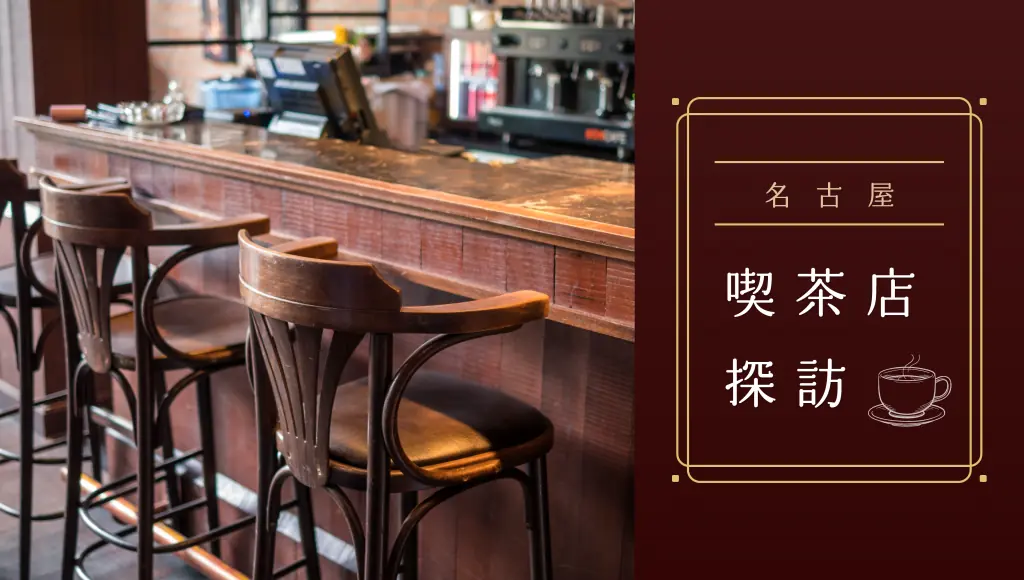
![[Tokai Area] Scenic Spots which You'll Never Forget](https://life-designs.jp/wp/wp-content/uploads/2019/12/LD_banner_w1920x1088_prospect-1-1024x580.jpg)
![[Special Feature] Enjoy Your Day at a Park!](https://life-designs.jp/wp/wp-content/uploads/2019/12/LD_banner_w1920x1088_park-1-1024x580.jpg)
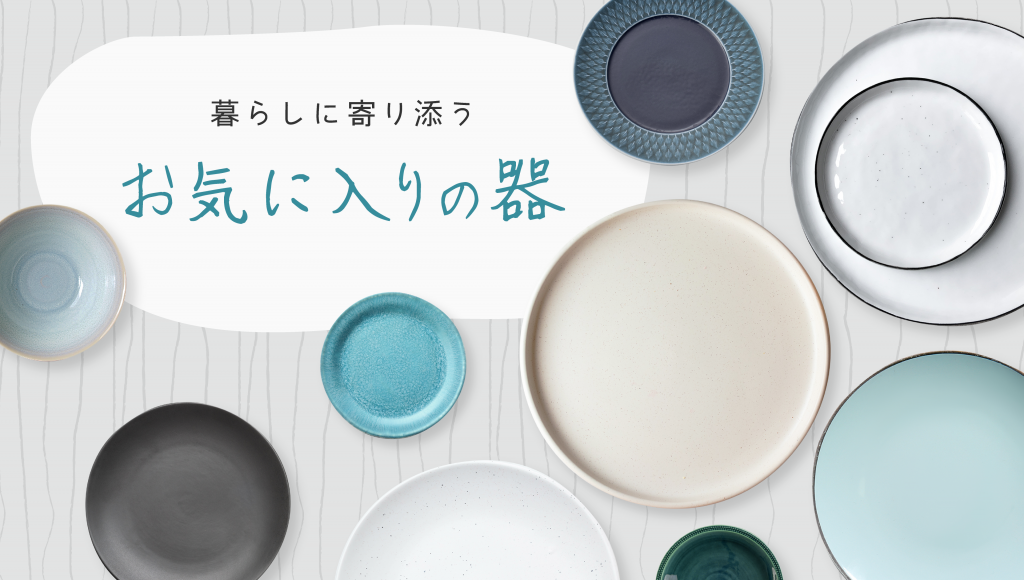
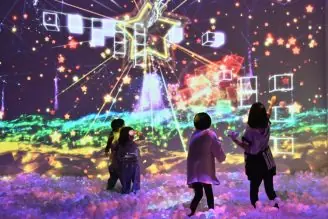
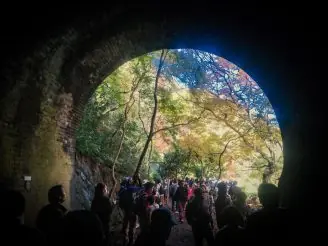

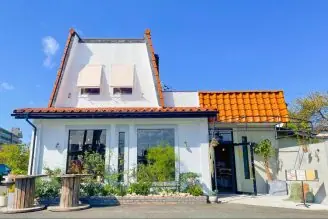
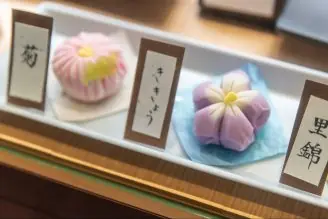



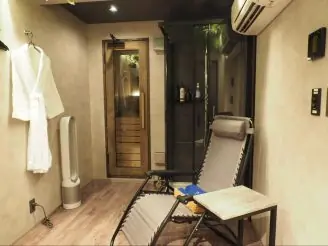

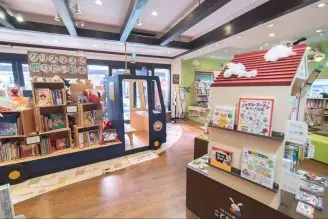
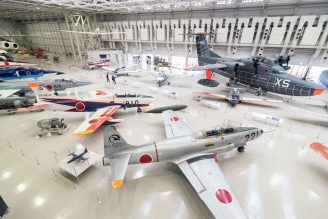
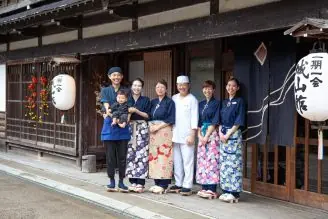
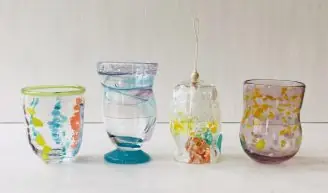
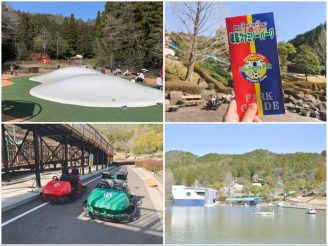

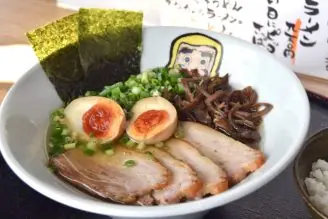
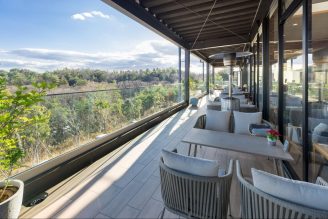

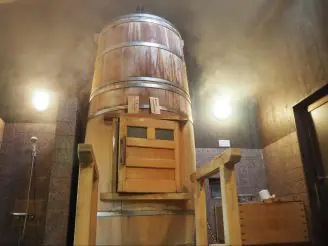

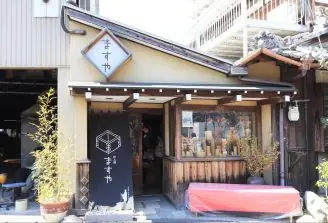
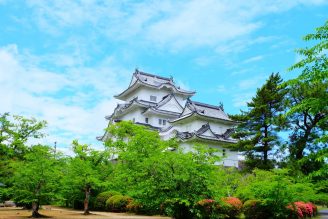
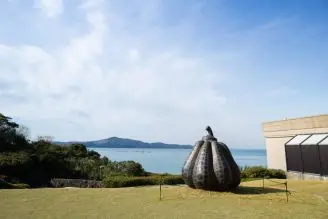

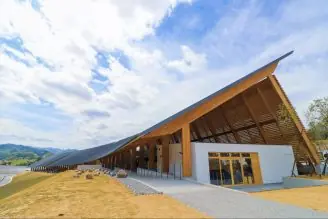
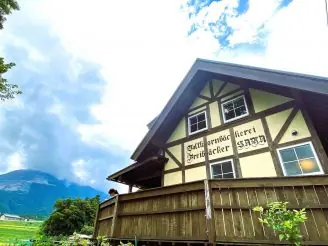
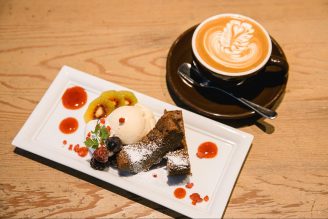


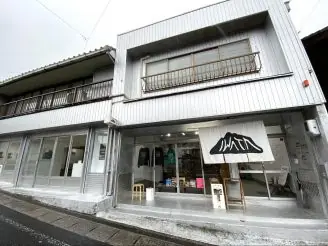
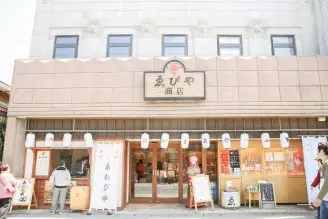
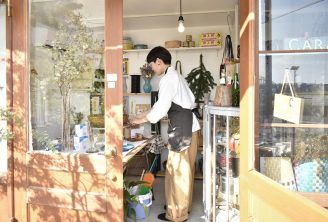
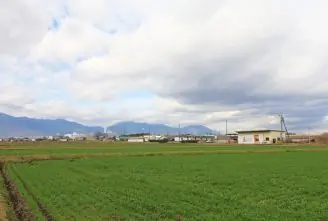

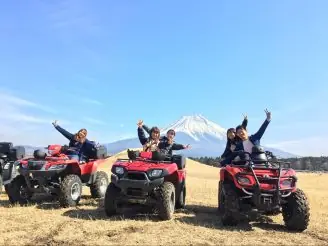
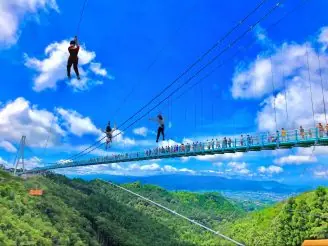
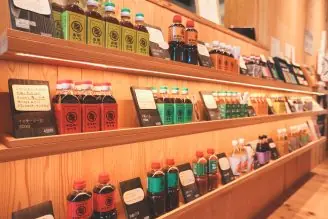
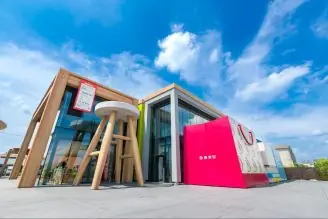



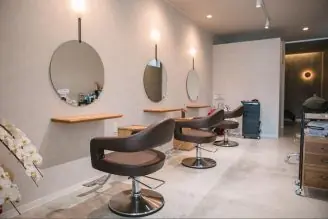

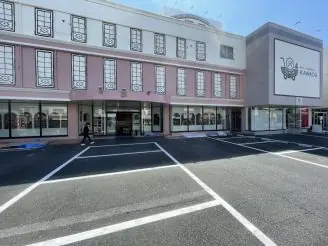
![[Indoor Facilities] Where to Go on Rainy Days in Tokai Area! For Family Outings!](https://life-designs.jp/wp/wp-content/uploads/2023/07/FotoJet-23-1024x768.jpg)
![Onigiri is hot right now! Summary of Osu's Onigiri Specialty Shops [5 selections].](https://life-designs.jp/wp/wp-content/uploads/2023/11/onigiri-1024x768.jpg)

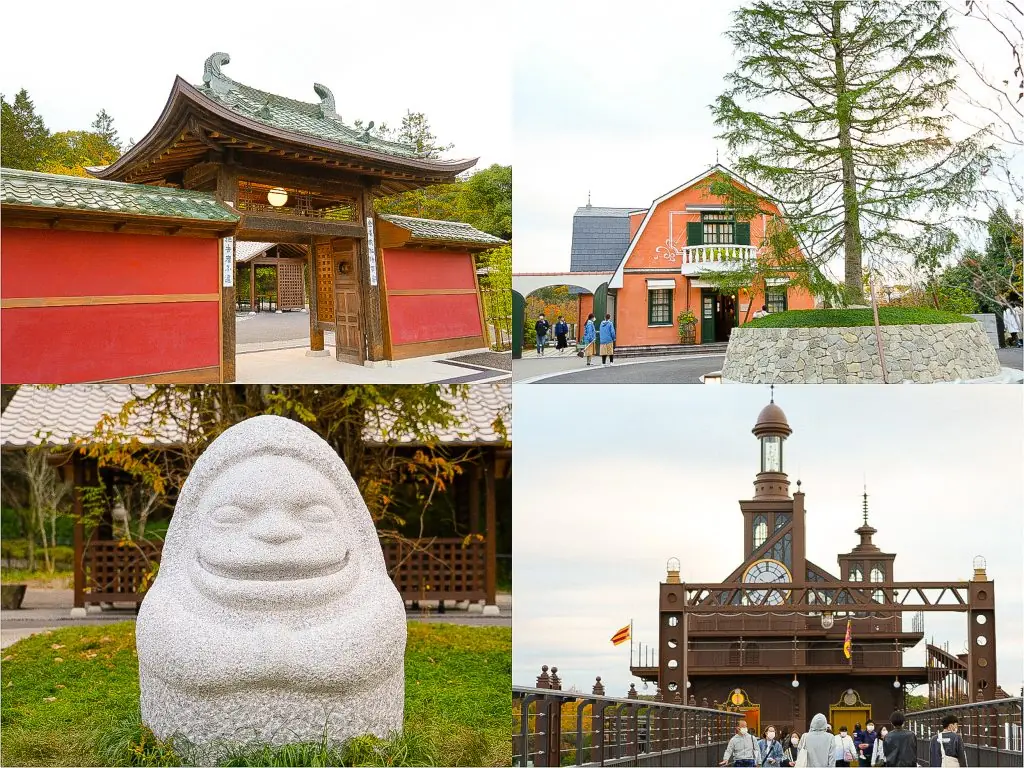
![[9 Selections] Summary of Retro Coffee Shops in Nagoya](https://life-designs.jp/wp/wp-content/uploads/2021/11/image1-30-1024x683.jpg)
![[10 selections] Recommended for Girls' Trip from Nagoya! Special feature on Hotels and Inns](https://life-designs.jp/wp/wp-content/uploads/2022/11/FotoJet-1-1024x768.jpg)
![[Aichi, Gifu, Mie] 30 Family-Friendly Spots to Go in Winter!](https://life-designs.jp/wp/wp-content/uploads/2019/12/image21-1-768x543.png)
![[Within 2hrs by Car] 12 Outing Areas where You can Go on a Day Trip from Nagoya!](https://life-designs.jp/wp/wp-content/uploads/2023/07/odekake12_w1200h900_20240422-328x246.png)
![[Nagoya, Aichi] Recommended Shops to Buy Tablewares around Nagoya](https://life-designs.jp/wp/wp-content/uploads/2019/11/image12-26-150x100.jpg)
